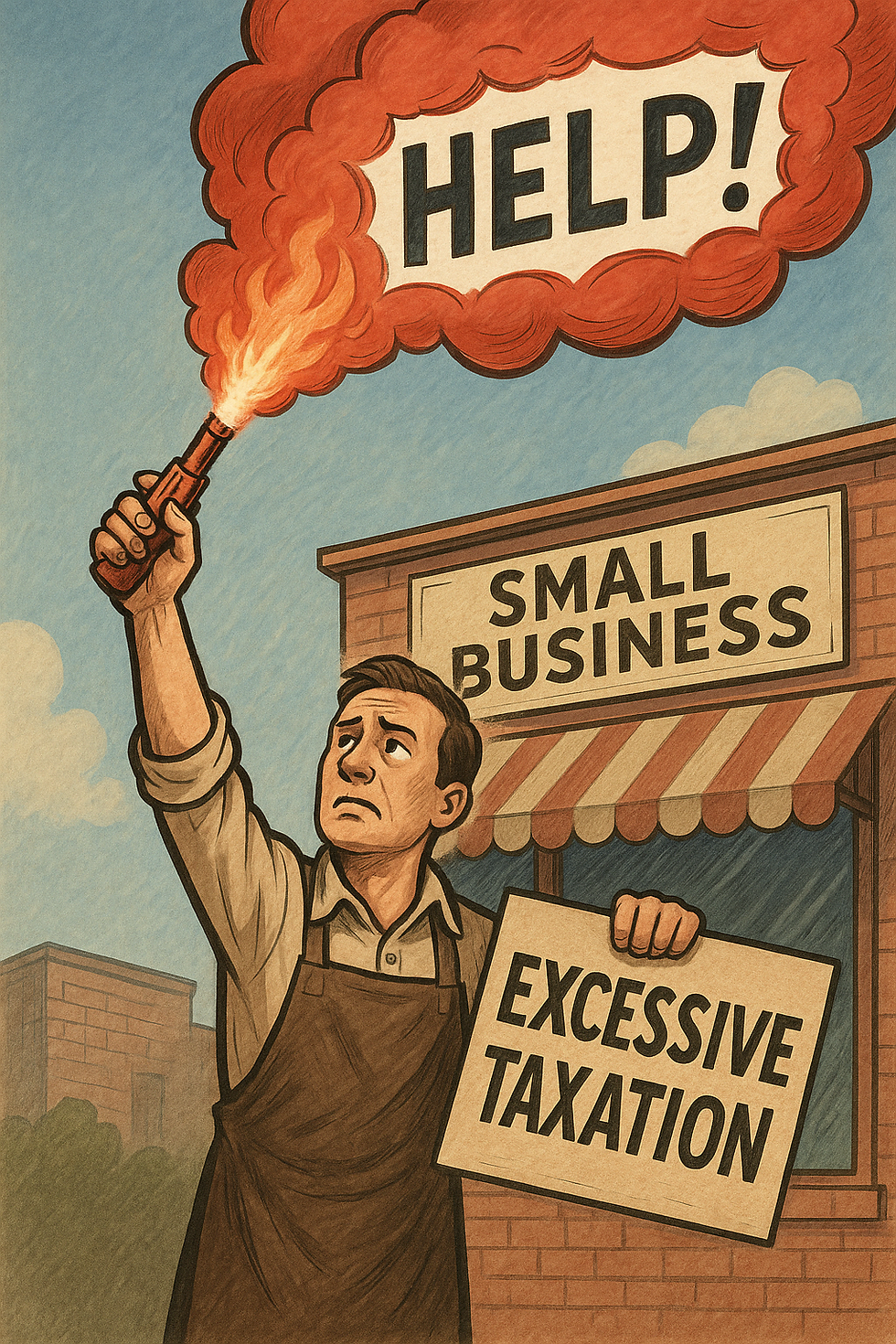Two questions for those who say K-12 public education just needs more money
- Chris Cargill

- Dec 15, 2022
- 2 min read
Updated: Jul 21, 2023

The release of our Idaho Poll this week has, rightly, received a lot of attention. Digging through the numbers, just about anyone can find something they like or something of which they might disagree.
On education data, the results were pretty clear and can be summarized with three simple points:
The public thinks education is a top priority and doesn't mind spending more money
The public thinks K-12 public schools and student outcomes are in poor shape
The public is unsure what exactly "school choice" or education freedom means - but those who do know support it
In reality, none of this is a huge surprise. But the results do lead to a whole host of other questions, particularly on the issue of spending.
For years, if not decades, education activists have repeated the claim that public education is underfunded. How many times have you seen the stories of teachers having to purchase their own school supplies? It shouldn't be a surprise that the public thinks that schools need more money.
But even when government education budgets increase dramatically, it never seems to be enough. Consider the fact that many state budgets spend the most on K-12 education, including Idaho and Washington. In both states, K-12 funding makes up roughly 50% of the state's total spending. And that's just the state portion. Millions more for schools come from local funding via levies, and federal funding.
From Idaho:

Where is that money being spent? How much do we spend per student, per year? It varies by school district and by state. Idaho's largest school district, for example, has resources to spend nearly $15,000 per student, per year. For a classroom of 25 students, that is $375,000.
Anyone who believes we should spend more on K-12 education must be able to answer two simple questions: what amount will be sufficient and how will we know when we are spending enough?
Unfortunately, these questions are never answered. Should we spend $20,000 per student?Maybe $30,000?
Should a state spend 60% of its budget on K-12? How about 80%? What other priorities would be squeezed out if policymakers decided to pour even more into K-12?
There is little correlation between education spending and achievement. If spending were the key, the United States would have the best schools in the world, as the U.S. spends more than any other developed nation.
It’s no longer good enough to simply say all problems would be solved if only the system had more money. States that spend the most don’t necessarily have the best outcomes, and states that spend the least don’t have the worst outcomes.
The majority of other states, including the District of Columbia, offer various education freedom options for families. They recognize that one size does not fit all and that we must be willing to try new things to improve educational outcomes for all children.
Now is the time for policymakers to clearly define education freedom and show how it can improve outcomes for all. This isn’t about shutting down public schools. As the West Virginia Supreme Court recently ruled, states can fully fund public schools and advance education freedom at the same time.
This is about providing opportunity for all children, no matter where they live or how they learn. Because, as the Idaho Democratic Party recently tweeted:








Regarding public school/education state budget. There must be transparency. Specifically, on what are our tax dollars being spent...books, materials, building maintenance, building construction, teacher salaries/benefits, administration salaries/benefits. Complete "open-kimono." Without this granularity it appears we're just throwing money at the issue.